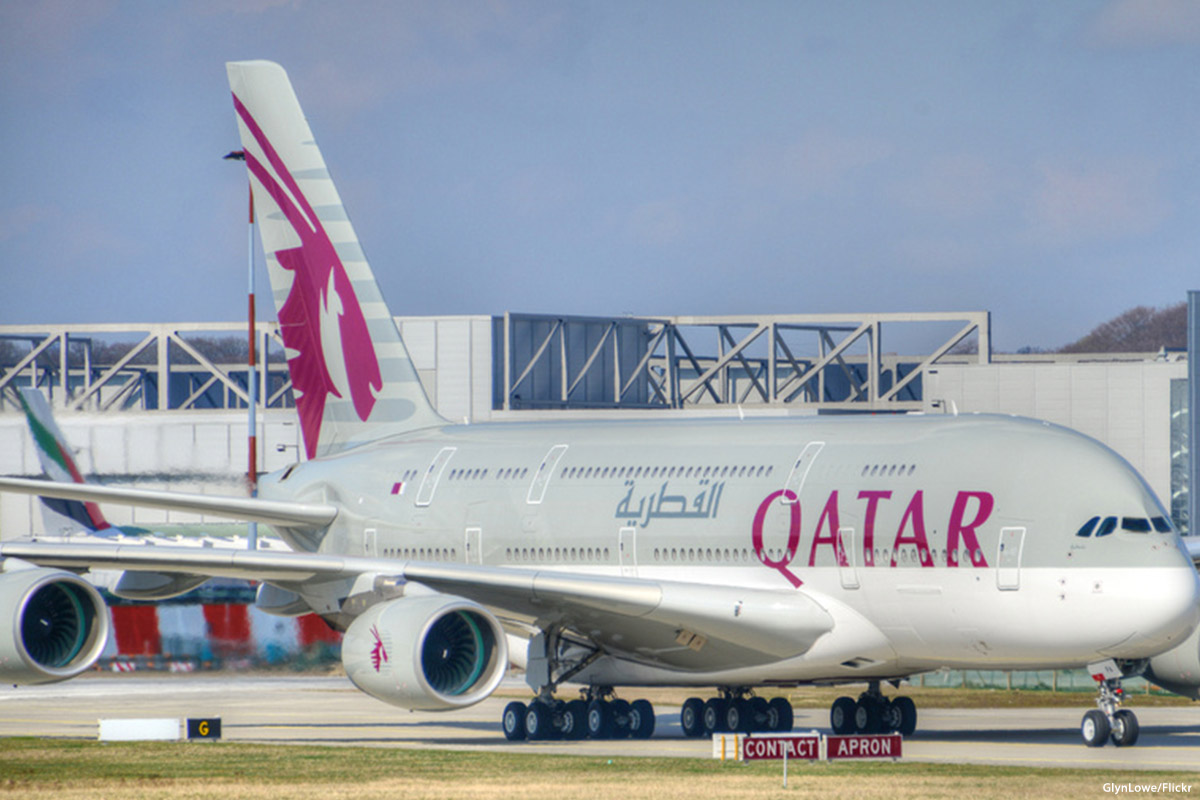Qatar Airways Details Its Partnership With RwandAir
Qatar Airways has officially inked an interline agreement with RwandAir, deepening their partnership. The move will allow travelers on both carriers to access over 160 destinations across the networks from their hubs. The agreement comes just weeks after the pair linked their miles schemes to allow passengers to earn on all flights.
In a statement this week, Qatar Airways announced the new interline agreement with RwandAir. The move will allow passengers to book flights across both airlines’ networks as though they were flying the same airline, flying via their hubs in Doha and Kigali.

In total, the agreement extends to an astounding 160 cities globally, giving passengers lots of choices now. This is in addition to Qatar and RwandAir’s decision to offer frequent flyer reciprocity, allowing passengers to earn and use their miles on any airline.
Read also:Vaccine Inequity Could See Africans Shut Out Of Unrestricted Travel
Both airlines have much to gain from the new partnership, which will only become more prominent once international travel bounces back. Photo: RwandAir
Qatar Airways CEO Akbar Al Baker has always been optimistic about the RwandAir purchase and strategy. He reiterated the same view in a statement this week, saying,
“This partnership cements our commitment to giving travellers the widest choice of destinations, while providing a seamless, high quality travel experience, which is the goal of both Qatar Airways and RwandAir. Africa is a hugely important market for us and this latest partnership will help support the recovery of international air travel and offer unrivalled connectivity to and from a number of new African destinations.”
Read also:Invasive Locusts Threaten Agriculture, Aviation in East Africa.
In February 2020, Qatar Airways acquired a 49% stake in RwandAir, giving it a huge advantage in the African market. This market was quickly growing more prominent for the bustling international airline, with new routes popping up even during the pandemic.
With the new interline agreement; Qatar Airways will be able to use Kigali as a partner hub for destinations across the continent. Meanwhile, RwandAir will offer its passengers connections across the globe, including lucrative European routes, all with a stop in Doha.
Qatar Airways will continue flying five-time weekly service to Kigali (via Entebbe) in the future, opting for the Boeing 787-8 on this route. However, when demand increases, we could see nonstop flights and higher frequencies. A RwandAir service to Doha cannot be ruled out either, given the new potential for traffic.
Read also:Why This China-based Fund Backed A $2.2m Pre-seed Round For 2-Year-Old Kenyan Fintech Wapi Pay
Qatar Airways is currently in the middle of a busy summer season, with hundreds of destinations back on the map. The carrier is currently seeing over 300 daily aircraft movements and carrying up to 90,000 passengers every day. This comes as the industry makes a strong recovery on the back of quick vaccine rollouts in several countries.
For now, expect to see Qatar and RwandAir work more closely in the coming months and years. If predictions hold true, Qatar Airways has a lot to gain from the new partnership, and RwandAir will be on track to become a major African player soon.
Kelechi Deca

Kelechi Deca has over two decades of media experience, he has traveled to over 77 countries reporting on multilateral development institutions, international business, trade, travels, culture, and diplomacy. He is also a petrol head with in-depth knowledge of automobiles and the auto industry



